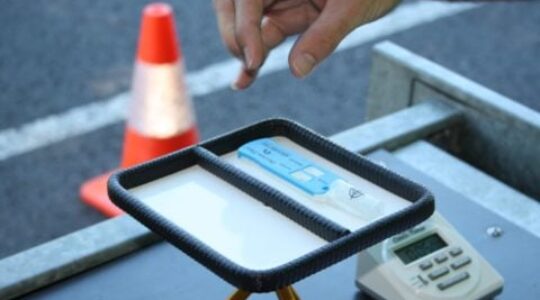Australians working in the Antarctic are getting ready to return home with a re-supply vessel on its way to the nation’s most southern territory.
The Antarctic science and logistics season started this week, with RSV Nuyina leaving Hobart on a six-week resupply voyage to Davis research station.
Voyage Leader Anthea Fisher said the ship had 100 expeditioners on board, two helicopters, a hot pink Antarctic tractor, 240,000 litres of water, 13 tonnes of dry food and more than 20 tonnes of fresh and frozen food.
“We’ve been chatting to the team who are down at Davis. They’ve been there for a year now and they’re pretty excited for us to turn up too, to resupply the station and bring them home again,” Ms Fisher said.
She said the journey south would take 15 days and required the ship to break ice for the last 10km.
“At this time of year there’s a section of ice breaking through the pack ice and then the fast ice.
“We’ll break into that and park about a kilometre out from station and once we’re parked in there, people will be able to just walk off the ship across the ice to station.”
Ms Fisher said the trades team travelling to Davis would aim to complete work on a new reverse osmosis plant, which created drinking water from sea water.
“Along with a third water tank installed last year, it will give the station the water capacity it needs to support station populations in future.”
Head of the Australian Antarctic Division’s Science Branch Rhonda Bartley said there were a number of priorities for the summer season, including monitoring avian influenza in bird populations and seals; assessing and remediating legacy waste at Antarctic and sub-Antarctic stations; maintaining key geophysical and atmospheric monitoring equipment and increasing understanding of Denham Glacier’s stability and possible contribution to sea level rise.
Ms Bartley said, in February, RSV Nuyina would leave for a 60-day Denman Marine Voyage, the ship’s first dedicated marine science journey.
“The voyage will take 60 scientists from a range of universities and disciplines to the Denman Glacier region so they can study the system from the sea,” she said.








